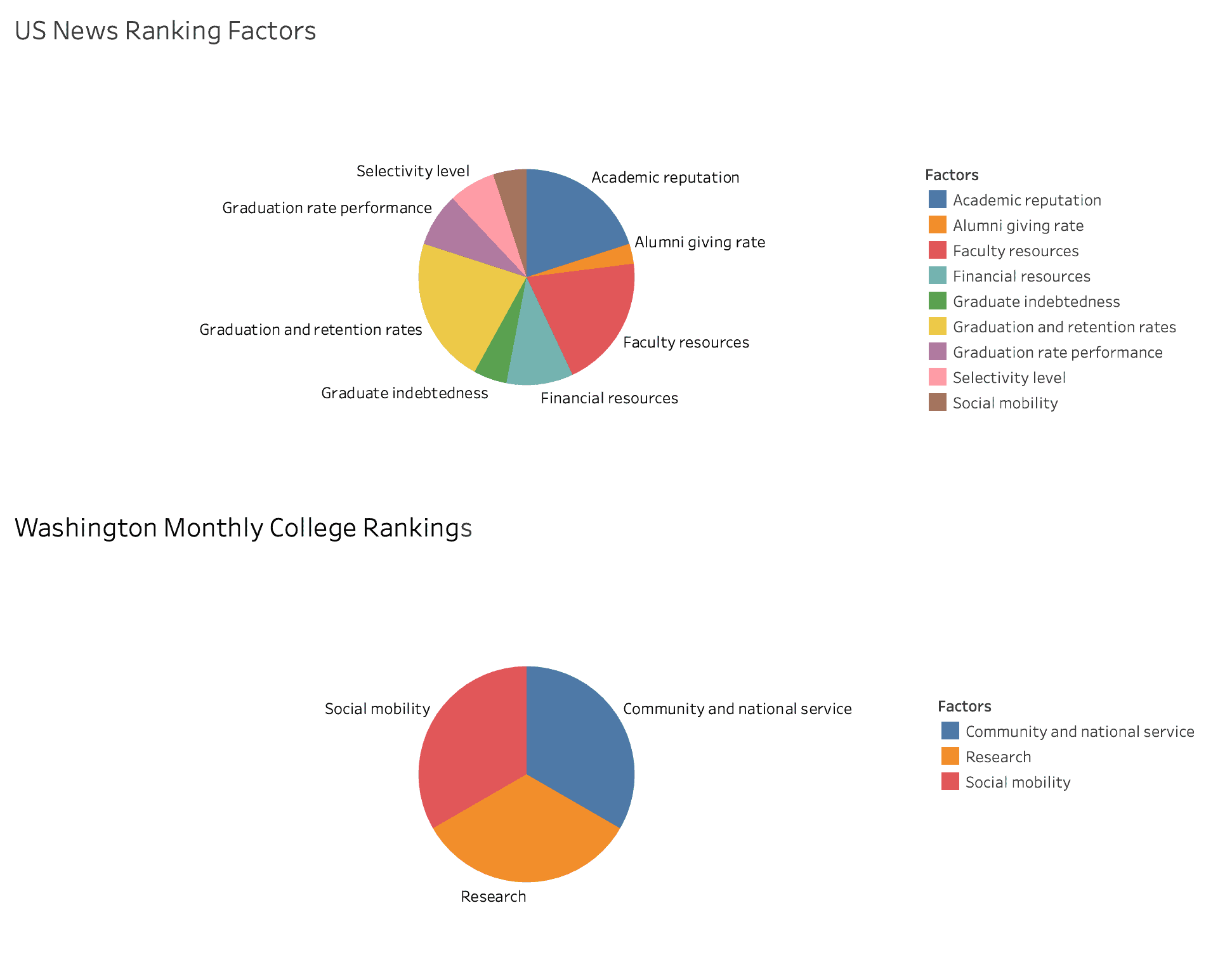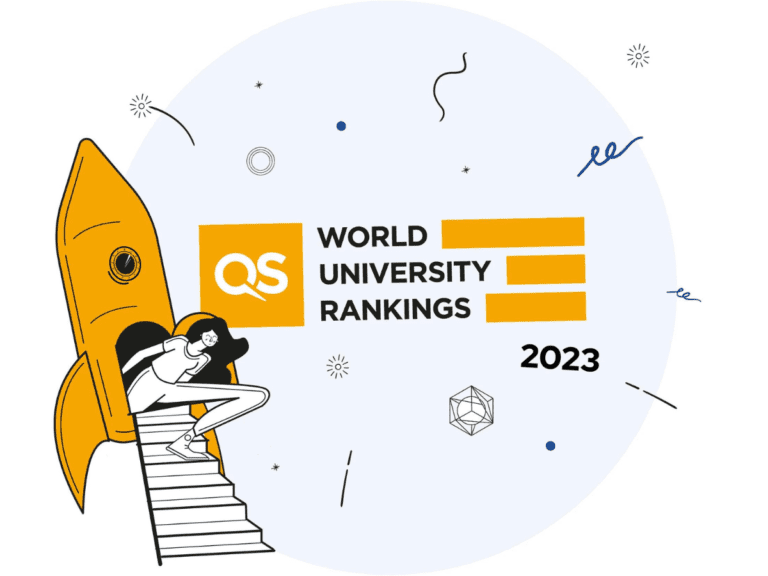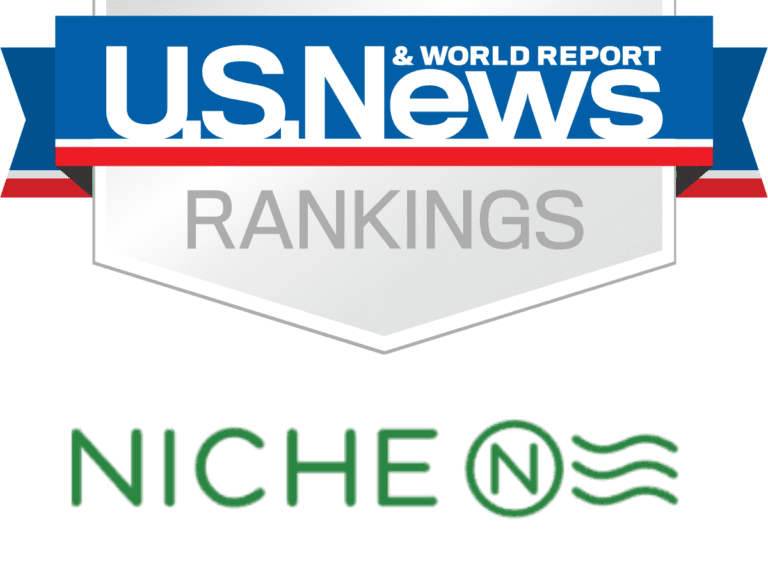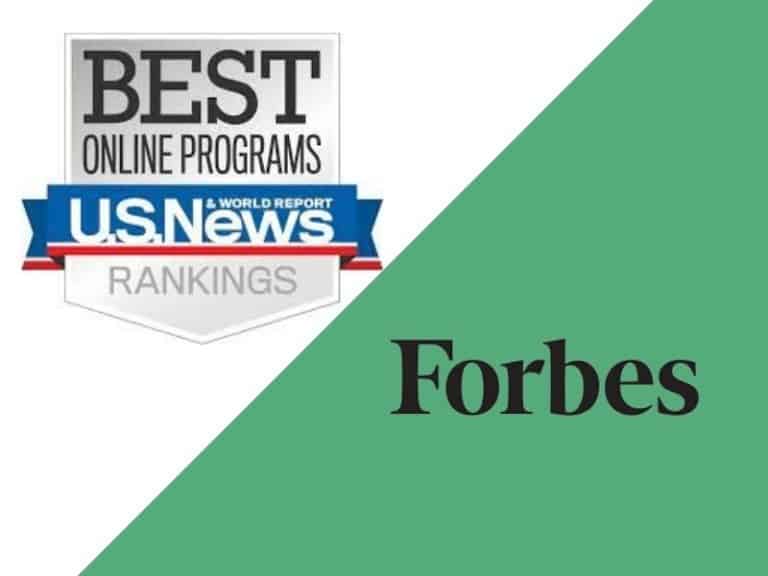Battle of the College Rankings: Washington Monthly vs. US News
Just because US News is arguably the most popular college ranking site doesn’t mean you should not give others a try. There are numerous other options out there, with some adding something unique to the table.
One good example is Washington Monthly, whose methodology differs from that of US News and most other rankers.
The college ranking of Washington Monthly puts emphasis on schools that are more accessible to low-income students whose career goals include those that involve giving back to the community. The college ranking of US News, meanwhile, prioritizes selectivity level, academics, and earning potential.
Both Washington Monthly and US News are media companies that publish the latest on the economy, politics, health and consumer affairs. They also come up with college rankings.
Between the two, Washington Monthly is the younger one in terms of both founding and college ranking — the non-profit magazine came into being in 1969 and started ranking colleges in 2005.
On the other hand, US News was established almost four decades earlier (1933) and has been dishing out college rankings since 1983.
About to build your college list and wondering which is the better college ranking site? Keep reading!
Washington Monthly vs. US News: Methodologies Use
The methodologies used by Washington Monthly and US News are dissimilar. With different ranking factors considered, it’s apparent that each one of them has different preferences and audiences, too. Washington Monthly uses a much simpler methodology, while US News relies on a more complex one.
Washington Monthly’s methodology is straightforward because it’s made up of only 3 ranking factors. They are community and national service, research and social mobility.

Another thing that makes the methodology of the non-profit magazine uncomplicated is the fact that its ranking factors are weighted equally. And in order to obtain a much better picture of each school’s performance in each measure, Washington Monthly averages data obtained within a 3-year window period.
It’s not uncommon for many other college ranking sites to take into account research and social mobility.
However, it’s not always that you come across Washington Monthly’s ranking factor called community and national service, which is vital for meeting the goal of ranking institutions based on what they do for the country.
When scoring colleges and universities based on the said factor, Washington Monthly obtains data from both AmeriCorps and Peace Corps in determining community service.
Meanwhile, in establishing military service, it gathers data on the size of each school’s Air Force, Army and Navy ROTC programs and divides them by the number of attendees.
The methodology used by US News, just like most other college ranking methodologies out there, is more complicated, mainly because there are several different factors considered, each one with a different weight.
Additionally, many of US News’ ranking factors have various indicators under them.
Let’s take a look at the different ranking factors taken into account by Washington Monthly and US News as well as the determined weighting of each one:
| RANKING FACTORS | WASHINGTON MONTHLY | US NEWS |
|---|---|---|
| Academic reputation | – | 20% |
| Alumni giving rate | – | 3% |
| Community and national service | 33.30% | – |
| Faculty resources | – | 20% |
| Financial resources | – | 10% |
| Graduate indebtedness | – | 5% |
| Graduation and retention rates | – | 22% |
| Graduation rate performance | – | 8% |
| Research | 33.30% | |
| Selectivity level | – | 7% |
| Social mobility | 33.30% | 5% |
Based on the table above, it’s apparent that Washington Monthly has a no-frills methodology — it only has 3 ranking factors with equally distributed weighting.
On the other hand, US News has a complex methodology.
The table below demonstrates the effect of the methodologies used by Washington Monthly and US News on the rankings of colleges and universities.
The ranking called National University Rankings is by Washington Monthly and the one entitled Best National Universities, meanwhile, is by US News.
| RANKING | NATIONAL UNIVERSITY RANKINGS, WASHINGTON MONTHLY | BEST NATIONAL UNIVERSITIES, US NEWS |
|---|---|---|
| #1 | Stanford University | Princeton University |
| #2 | University of Pennsylvania | Massachusetts Institute of Technology |
| #3 | Massachusetts Institute of Technology | Harvard University |
| #4 | Princeton University | Stanford University |
| #5 | Duke University | Yale University |
| #6 | Harvard University | University of Chicago |
| #7 | Yale University | Johns Hopkins University |
| #8 | Cornell University | University of Pennsylvania |
| #9 | University of California, Berkeley | California Institute of Technology |
| #10 | University of Notre Dame | Duke University |
| #11 | University of California, Davis | Northwestern University |
| #12 | Dartmouth College | Dartmouth College |
| #13 | Brigham Young University | Brown University |
| #14 | California Institute of Technology | Vanderbilt University |
| #15 | Georgetown University | Rice University |
| #16 | University of Wisconsin – Madison | Washington University in St. Louis |
| #17 | University of Illinois Urbana-Champaign | Cornell University |
| #18 | National Louis University | Columbia University |
| #19 | University of Washington – Seattle | University of Notre Dame |
| #20 | University of California, San Diego | University of California, Berkeley |
So, Should You Use Washington Monthly or US News?
Washington Monthly’s ranking is more suited for students whose goals include starting public service careers and doing volunteer work after graduation. The non-profit magazine itself says that it caters to low-income students. US News’ ranking, meanwhile, is more ideal for students with program-driven preferences.
There’s no denying that Washington Monthly and US News use entirely different approaches in ranking colleges.
However, they do share a ranking factor in common: social mobility. Still, the fact remains that Washington Monthly gives it more weight than US News — 33.3% vs. 5%.
It’s clear that the methodology relied upon by Washington Monthly is straightforward, considering only 3 broad indicators with equal weighting.
This can help make comparing institutions of higher education in the country simpler for degree-seeking students who want top-notch programs and climb up the socioeconomic ladder one day.
Graduating high schoolers who are looking to contribute to the community someday may also find it useful.
However, you may not find Washington Monthly’s college ranking that helpful if you prefer to fill your college list with schools based on stuff like beautiful campuses, diverse student bodies and small class sizes.
If you find considering an assortment of factors critical to determining the best-fit school for you, college ranking by US News may be the better option for you.
With so many different indicators used, ranging from selectivity level, retention rate, graduation rate to how much alumni members give back, it may help simplify the college selection process better.
Here’s an idea: take advantage of the pieces of information provided by both Washington Monthly and US News since building a college list is not as simple as it may seem — you will need all the info you can get.
Related Questions
Do Washington Monthly and US News use surveys in ranking colleges?
In scoring colleges and universities based on certain factors such as academic reputation, US News counts on the input of academics such as school presidents and deans. Meanwhile, Washington Monthly relies solely on statistical data obtained from third-party sources.
Should you choose a college based purely on college rankings?
Because college rankings are subjective, institutions of higher education they deem the best of the bunch may not be the best fit for you. While many college rankings can be accurate and reliable, they do not take into account the factors deemed personally important by students.
Read More:
- US News Ranking vs. QS Ranking
- US News vs. Forbes
- 14 Alternatives to US News Rankings
- Kiplinger vs. US News
- Niche vs. US News
Disclaimer: The views and opinions expressed in this article are those of the authors and do not necessarily represent those of the College Reality Check.





